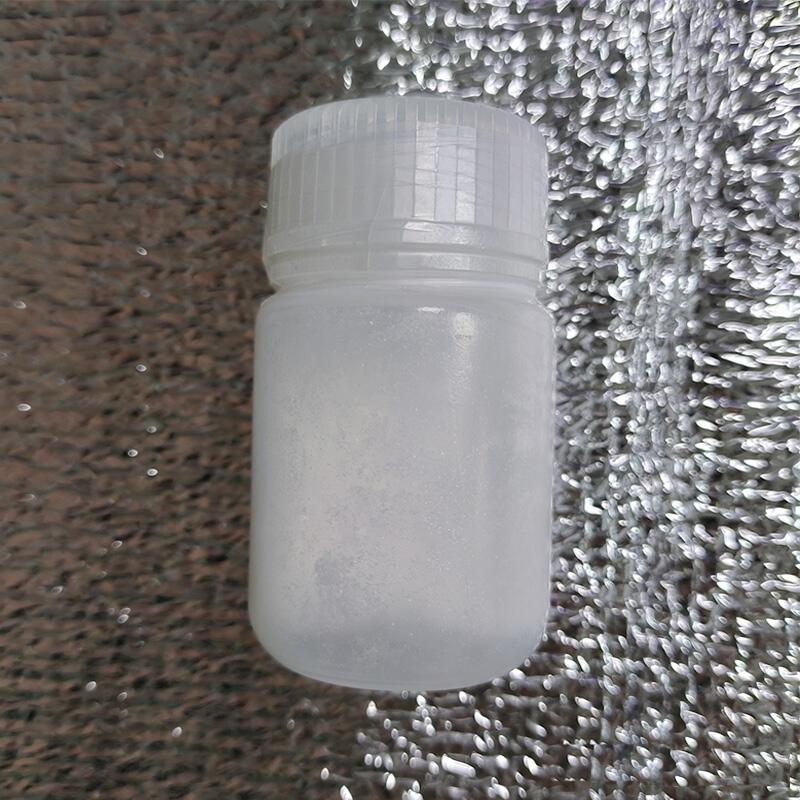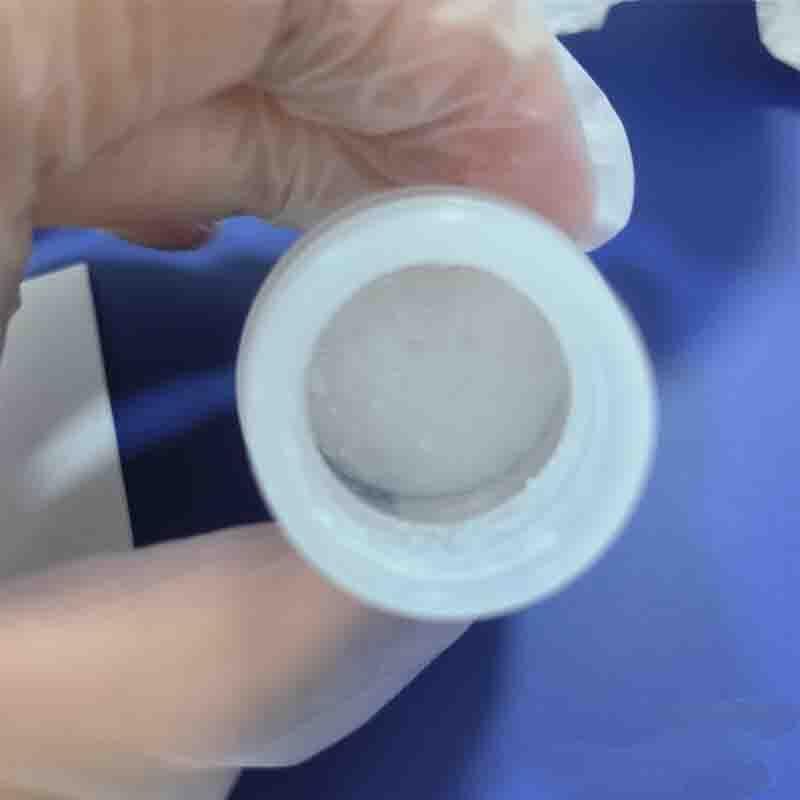-
Categories
-
Pharmaceutical Intermediates
-
Active Pharmaceutical Ingredients
-
Food Additives
- Industrial Coatings
- Agrochemicals
- Dyes and Pigments
- Surfactant
- Flavors and Fragrances
- Chemical Reagents
- Catalyst and Auxiliary
- Natural Products
- Inorganic Chemistry
-
Organic Chemistry
-
Biochemical Engineering
- Analytical Chemistry
-
Cosmetic Ingredient
- Water Treatment Chemical
-
Pharmaceutical Intermediates
Promotion
ECHEMI Mall
Wholesale
Weekly Price
Exhibition
News
-
Trade Service
Ranitidine hydrochloride is an important pharmaceutical drug that is widely used to treat a variety of gastrointestinal conditions, including acid reflux, heartburn, and ulcers.
The production process of ranitidine hydrochloride involves several steps, including synthesis, purification, and formulation.
In this article, we will take a closer look at the production process of ranitidine hydrochloride and the various factors that need to be considered to ensure that the final product is safe and effective.
- Synthesis
The synthesis of ranitidine hydrochloride involves several steps, including the synthesis of the precursor compound, ranitidine.
Ranitidine is synthesized by reacting 2-hydroxy-1,1,2,3-tetrahydroimidazo[1,2-d]oxazepine with methyliodide in the presence of a base, such as sodium hydroxide.
This reaction is followed by treatment with a reactive acylating agent, such as chloracetyl chloride, to introduce the carboxylic acid functionality.
The resulting compound is then treated with hydrochloric acid to form the hydrochloride salt of ranitidine.
- Purification
After the synthesis of ranitidine hydrochloride, the product is typically purified through a series of chemical and physical processes to remove any impurities and ensure the purity of the final product.
One common method for purifying ranitidine hydrochloride is through the use of chromatography, where the product is separated from other compounds based on differences in their physical and chemical properties.
This may involve using a combination of techniques, such as column chromatography and high-performance liquid chromatography (HPLC).
- Formulation
Once the purified ranitidine hydrochloride has been produced, it is typically formulated into a final product that is suitable for administration to patients.
This may involve combining the active ingredient with other components, such as excipients, stabilizers, and preservatives, to create a stable and effective formulation.
The formulation process also involves the determination of the correct dosage and delivery format, such as a tablet, capsule, or liquid.
- Quality Control
To ensure the quality and safety of the final product, ranitidine hydrochloride must undergo a series of tests and analysis during the production process.
This may include testing for purity, potency, and stability, as well as for any potential impurities or contaminants.
Quality control checks may also involve testing for the presence of any unwanted degradation products or other substances that could affect the effectiveness or safety of the final product.
- Regulatory Approval
Before ranitidine hydrochloride can be marketed and sold to consumers, it must receive regulatory approval from various government agencies, such as the US Food and Drug Administration (FDA) or the European Medicines Agency (EMA).
This process involves a detailed review of the production process, the safety and efficacy of the product, and the results of all testing and analysis.
Only after the product has received regulatory approval can it be considered safe and effective for use in patients.
In conclusion, the production process of ranitidine hydrochloride involves several steps, including synthesis, purification, and formulation.
To ensure the safety and effectiveness of the final product, it is important to consider various factors at each stage of the production process.
This may include the use of appropriate manufacturing practices, quality control measures, and regulatory approval processes.
By following these guidelines, the pharmaceutical industry can produce high-quality drugs like ranitidine hydrochloride that can improve the lives of patients with gastrointestinal conditions.







